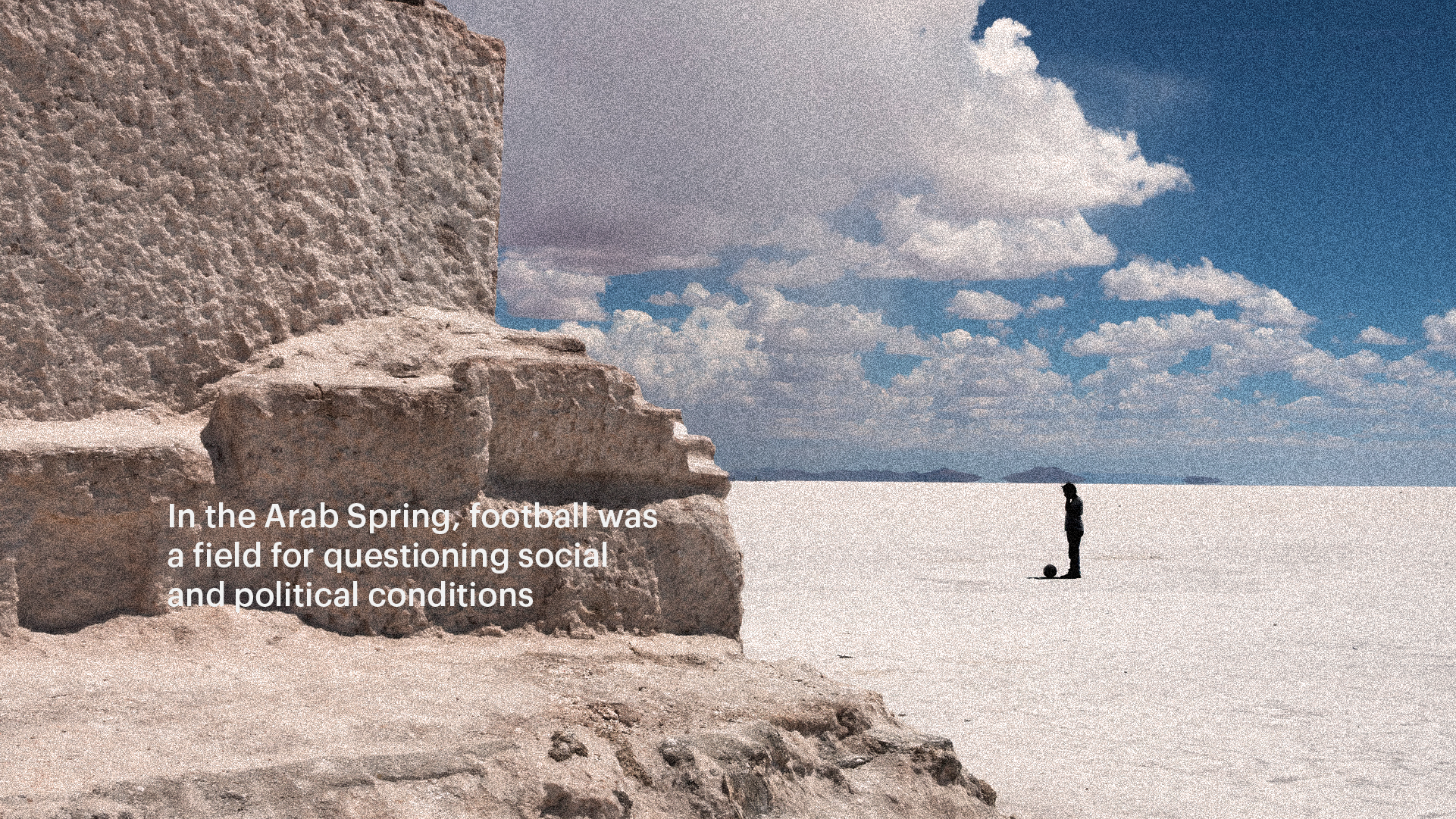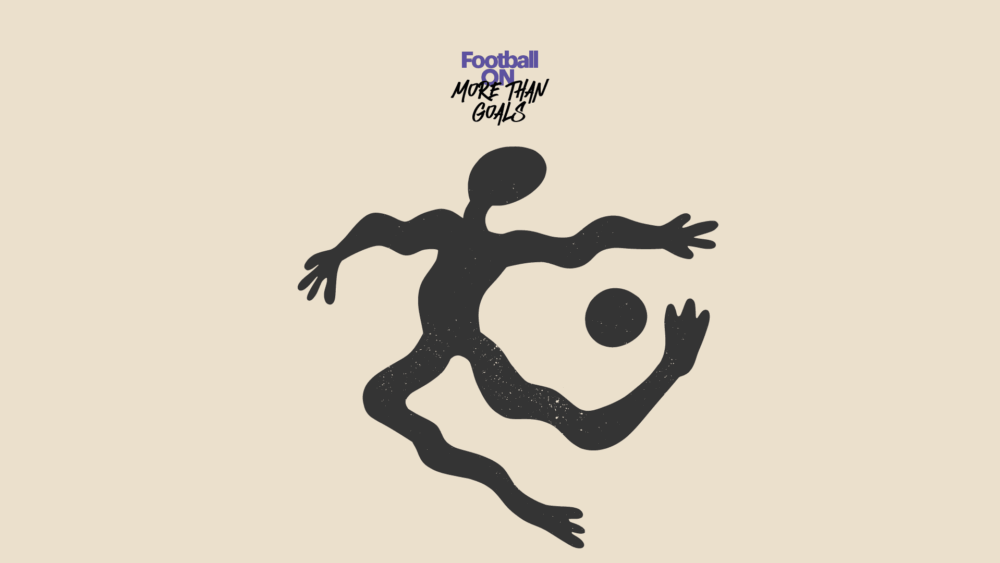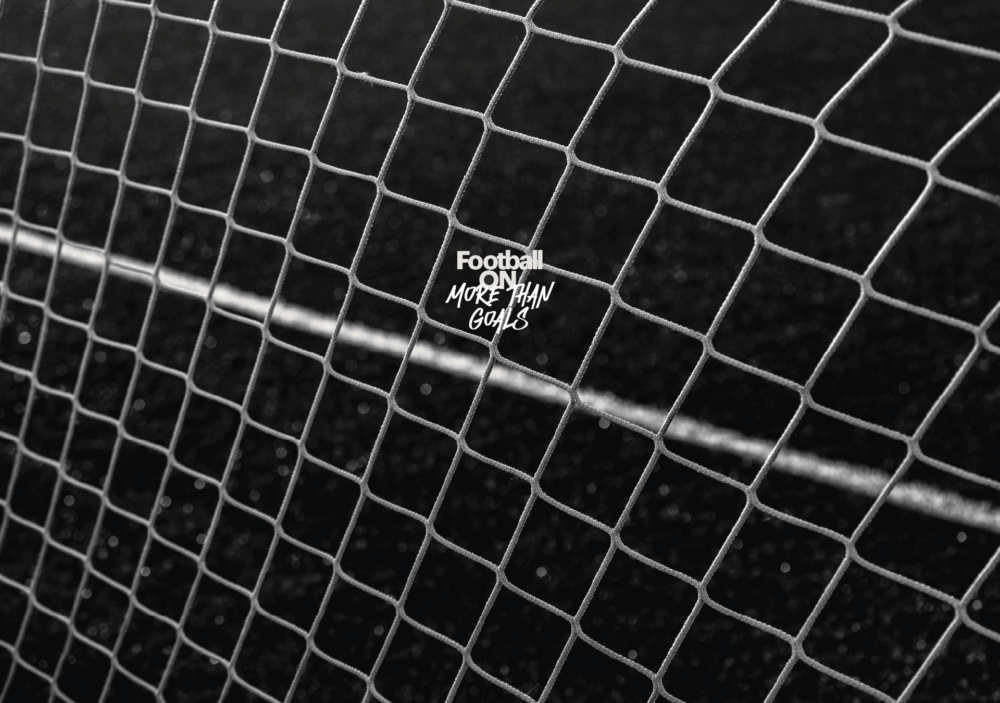
Karim Zidan: “In the Arab Spring, football was a field for questioning social and political conditions”
Karim Zidan is a political scientist, investigative journalist and publisher of Sports Politika. He participates in ETERON’s FootballON: More Than Goals project, discussing the role of Saudi Arabia in football, the situation in Gaza, the consequences of the Arab Spring on football in the Middle East, especially Egypt, and highlights the role of the sport in the civil war in Syria.
Saudi Arabia’s investment in football, from hosting major events to acquiring clubs like Newcastle United, has raised concerns by some media and EU governments about sportswashing. How do you see Saudi Arabia’s role in global football evolving in the coming years, particularly with the host of the 2034 World Cup?
Saudi Arabia’s influence in football is likely to expand significantly over the coming years. Since the rise of Crown Prince Mohammed bin Salman (MBS), the Kingdom has managed to purchase Newcastle United—a British cultural asset—secure dozens of high-profile sponsorship deals with various governing bodies from FIFA to CONCACAF, and was even handed the rights to host the 2034 World Cup on a silver platter. It is an unprecedented development for a country that was quite reactionary and isolationist just a decade ago.
The ramifications of Saudi’s assertion are already playing out before our eyes. Its investments in the sports—whether through sponsorship agreements, athlete acquisitions, or club takeovers—has allowed Saudi Arabia to reshape the global narrative, silence critics, and gain a prominent position within the sport. Much of that has come at the expense of good governance, as organizations and governing bodies are now dependent on Saudi’s financial resources and are willing to make exceptions for the Kingdom, including ignoring human rights atrocities taking place.
Football in Gaza faces extraordinary challenges due to the ongoing conflict, the Israeli blockade, and restrictions on movement. Beyond the limitations on infrastructure and resources, how does this situation impact the psychological well-being and aspirations of Palestinian players, especially young athletes? Can football serve as a tool for resistance and empowerment in the face of adversity, and what role can international football organizations and athletes play in supporting Palestinian football and promoting peace and understanding?
The ongoing ethnic cleansing of Gaza has stripped the besieged region of its hospitals, its schools, its cultural and religious landmarks, and its sports infrastructure. Access to aid has been restricted by Israeli forces, leading to an increase in malnutrition, starvation, and disease among the displaced residents. Meanwhile, more than 500 athletes have been killed, including more than 300 footballers. Some were renowned figures like Hany Al-Masdar, a former player and manager of the Olympic team, and Mohammed Barakat, Gaza’s first centurion of goals and a former national team player known as the “Legend of Khan Younis.” Others were children, whose dreams were extinguished as part of the collective punishment of Palestinians for Hamas’s crimes.
Despite these tragic developments over the past 15 months, Palestinians in Gaza have used football as a form of resistance. Over the past few months, I have reported on several of those initiatives, including the Palestinian Football Association’s attempt to set up a football training camp for displaced teenagers in the Khan Younis region. Other groups have set up similar initiatives, determined to reclaim a fleeting sense of normalcy through the game they love. These grassroots efforts are a significant and symbolic form of resistance.
While FIFA and other international organizations have long claimed to be harbingers of peace, their continued partnerships with authoritarian regimes proves that their claims are hollow and hypocritical. I do not have any faith in FIFA, for example, leading the charge for peace. If they did, they would start with sanctioning Israel for its crimes in Gaza and the West Bank, as per FIFA statutes. However, their repeated decisions to delay any such decision emphatically proves their cowardice.
The Arab Spring uprisings brought about profound social and political changes across the Middle East and North Africa. More than 10 years after, have these events reshaped the relationship between football and politics in the region? Did they lead to any lasting changes in fan culture, club ownership, or the governance of the sport?
In short, football has changed dramatically in the aftermath of the Arab Spring. In Egypt, for example, fans were banned from attending matches in stadiums for nearly a decade due to the government’s fear of Egyptian youth gathering in large numbers. This meant that an entire generation of Egyptian players grew up playing in front of empty stadiums. This had a profound impact on our national team, which deteriorated in quality despite players like Mo Salah emerging as national icons. Other countries faced worse fates, including in places like Libya and Syria, which underwent civil wars. Meanwhile, countries like Saudi Arabia have found new life in the political vacuum left after the Arab Spring, leading to the rise of the Saudi Pro League and Saudi’s hosting of the 2034 World Cup.
While football was once an arena for challenging social and political norms, the sport has now been integrated into the political agendas of the authoritarian rulers who rule these nations.
North African football fans are renowned for their passionate and vibrant display of support, often playing a significant role in social and political movements. How does this fervent fan culture in countries like Algeria, Egypt, Morocco, and Tunisia contribute to shaping national identity and challenging social norms? Can you provide specific examples of how North African ultras have used their collective power to effect change or express dissent?
In the lead-up to the Arab Spring, football was one of the few modes of expression afforded to Arab youth living under military dictatorships in the region. In Egypt, for example, we were able to organize into fan groups known as ultras and made our presence known during games through songs, tifo banners, and flares. It was exhilarating, and as a teenager during that period in Egypt, I remember that time very fondly.
Those same Egyptian ultras would eventually go on to become revolutionaries during the Arab Spring. Having had experience facing Egyptian police forces in street fights, the ultras were better equipped than most protestors to face down the regime, and their role proved pivotal to the revolution’s success.
However, things fell apart in the years following the Arab Spring. What began as a period of promise and change eventually led us right back into the hands of ruthless military dictatorships. By 2015, the ultras were banned in Egyptian society, having been labeled a so-called terrorist organization. The reason behind this is that the Egyptian government was terrified of the influence that Egyptian football groups had on political life. He feared us.
The Syrian civil war has had a devastating impact on all aspects of society, including its football infrastructure and community. How has the conflict affected the social fabric of Syrian football? Have different factions, including the former Assad regime and opposition groups, used the sport to promote their narratives and gain support and what we should expect for the near future?
During the Arab Spring and the civil war that followed in Syria, Bashar al-Assad’s regime used football as a political tool to distract from his human rights atrocities and to present a façade of peace and prosperity. He repeatedly posed with the national team in staged PR photo-ops, and even hosted some football matches in Aleppo when it was first freed from ISIS forces in 2017. Football players who opposed Assad were exterminated, cannibalizing Syrian football of much of its organic talent in exchange for propagandists and yes-men. This, naturally, had a significant impact on football in Syria, which decreased significantly in quality.
In the immediate aftermath of Assad’s fall, the Syrian football association quickly changed its logo to reflect the green colors of the Syrian independence flag used by the rebel forces. The move was supposed to signify the association’s approval of the change and an end to Assad’s influence over football. Countless players also voiced their support for the rebels and the newly freed Syria, while others paid homage to footballers who had died during the conflict, including several who had gone on to join rebel forces. None of that would have been possible during Assad’s rule and suggests that we could be entering a new era in Syrian history. Time will tell.




